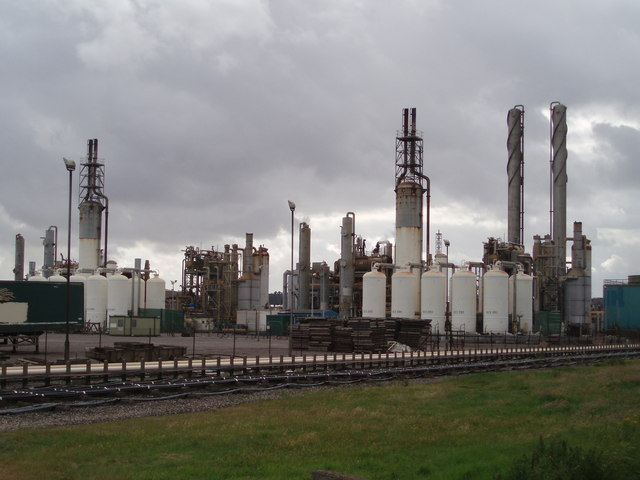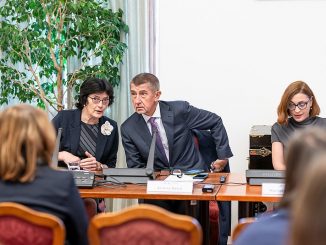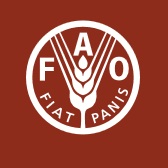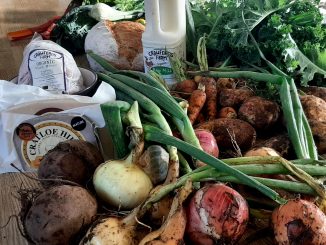
The agri-food system is very exposed – and was even before the war in Ukraine and its implications. Nitrogen fertilizer has been the bedrock of how farming happens, and its availability has led to a very specific type of food production to flourish. Decisions must be made – about feeding people, about feeding pigs, about how a grass-based system can really function sustainably. Op-Ed from Stuart Meikle.
A month ago, we were facing a 2022 growing season with limited artificial nitrogen supplies as a consequence of natural gas market disruption. That it was a crisis was not too evident, likely because few realize that nitrogen fertiliser has underwritten global population growth since World War Two. And beyond population growth, affluent countries now waste food and even burn potential food as fuel. Nitrogen fertilisers have allowed us to become disconnected from reality.
The brutality of war and the plight of refugees is, in contrast, very evident. We see it on every news bulletin and unlike with the nitrogen crisis, it is being connected to our food security. As a food producer, Ukraine is just too big to miss. Even then, do we fully appreciate the consequences for the countries of the Middle East, North Africa, South and SE Asia, a number of which themselves are in conflict or homing refugees from neighbouring conflicts? It is their access to affordable grain supplies that should be of principle concern.
The Produce-More-Food Reaction
It is noticeable how swiftly some in European agriculture have said that Western Europe must produce more. It is about more, not wasting less or keeping fewer animals reliant on grains and proteins. And to produce more in 2022 when fertilizers are already in short supply is an extraordinary idea in itself. Also, unlike in 1939, we do not have an underlying soil fertility to cash in. Instead, we have biologically dysfunctional soils dependent on artificial fertilizers.
The war in the Ukraine has not changed the fundamentals. Artificial fertilizers, reliant on fossil fuels as they are, as polluting and emitting as they are, are not going to underwrite food, fibre and fuel production infinitum. The nitrogen crisis was evolving. It will be a stop-start affair, but it will define our future consumption patterns, be they of food, fibres or biomass as a raw material or fuel. Shelving the nitrogen crisis to address a pending food shortage, as if they are not intrinsically linked, is not the answer, as appealing as it may be to those who prefer the status quo of an agriculture dependent on fertilizers rather than nature’s ecological systems.
Farming With Animals
We used to keep farm animals to build and circulate fertility. We kept them on farm and in backyards to utilize what we could not eat or to consume the residuals of processing and preparation. Innately we knew that it was about recycling plant-growing nutrients back into the system. To keep animals that themselves consumed fertility was a luxury for the very few.
In contrast, we now have urbanized farm animals, as divorced from the land that feeds them as the urbanized human that consumes them. Centrally accumulated animal wastes are now a pollution risk. Their nutrients are usually returned to the land, but is it within a form suited to the naturally evolved soil organisms? They may also contain pharmaceutical residuals.
Should we Be Feeding Animals?
At what point in this evolving food and fertilizer crisis will we start to look at the demand side? We need to, in the context of reducing grains fed to livestock that are disconnected from the land that feeds them. It is they that consume both grains and plant nutrients supplies. On paper, from an emissions-only perspective they may look efficient, but that is as far as it goes, our scrutiny of our food systems must go far deeper in a quest to build genuine sustainability.
My home country of Ireland is providing an intriguing example of what happens when farming becomes dependent on external fertility and feeds. A country like the Netherlands will not be dissimilar in that it carries so many urbanized livestock fed through the port of Rotterdam. But sustainable is not achieved through importing plant nutrients, as feed or fertilizer, period.
In a typical year, Ireland feeds approximately six million tonnes of grains, proteins and food by-products to its livestock. Only a third is home-grown. It also imports around 1.6 million tonnes of fertilizers. As only about 10% of its home-grown grain goes for human use, little fertilizer grows food for direct human use. The fertilizer is used to feed fields of ryegrass. It is obvious that grain-fed animals consume fertility, but we have also created systems where grazed livestock are just as reliant on fertilizers to feed them!
The Response in Ireland
A response in Ireland to the war in Ukraine is to focus on ‘food security’. Grow more food. Plough more land. Seemingly slogans from the Second World War are back in fashion. But is it realistic to think that a country that produces only a third of its animal feed can make a serious dent, from a mid-March start and when fertilizers are short, to its large demand for imported feeds?
Irish farmers are facing both feed and fertilizer crises, both relate to imports, but the latter also translates into potential fodder shortages. To plough grassland to grow grain to replace feed imports while facing fodder shortages due to a lack of fertilizer would now be irrational.
There also seems to be an expectation that farmers will pay anything for fertilizers, regardless of the economic cost-benefit of use. The call for more food will either cost the farmer, or as is likely, the taxpayer. Food security is cited as the reason, but it is the security of those who import Irish produce, not those in Ireland itself. But then Irish taxpayers have long shown their generosity by supporting export-orientated agriculture that does not feed themselves.
The Nitrogen Fertilizer Crises Came First
The nitrogen fertiliser crisis and this year’s vast price hikes is leading to the realisation that you cannot have sustainable pasture-based farming that is reliant on brought in fertility. Indeed some had already begun to introduce the plant diversity needed to remove that dependency.
In Ireland, the belief that they were perfecting the grass-based system has, nonetheless, held back system transition. A few visionary farmers are ahead of the game on this, and this year they will be rewarded for their vision, but for the mainstream being wedded to nitrogen-fed ryegrass this year will be expensive. Sadly, system transition cannot occur at the drop of a hat.
It was inevitable that Irish agriculture would have to change but the delay in moving from a nitrogen dependent grass-fed model will have caused more financial and emotional pain. And now is not the time to hide behind the food crisis, for Ireland the nitrogen crisis is paramount.
Helping with the Grain Crisis
Ireland can still do its bit to help with the grain crisis, by reducing its demand. The one major agricultural trade link between Ireland and the Ukraine is via the trading of nearly 500,000 tonnes of grain maize. It is an important ingredient in the feed rations of Irish-reared pigs.
Despite its distance from grain supplies, grain being the overwhelming part of the pig’s diet, Irish production has expanded rapidly in recent years. It now produces double that needed by its domestic market and China now imports about 25% of Irish pigmeat. Thus, it converts Ukrainian, Brazilian and Canadian maize and South American soya into pigmeat for China.
This is the way of international trade; it focuses production with the most efficient producers. Except that Irish pig farmers are now said to be losing €35 per finished pig. It is not a great situation for an industry producing upwards of 4,000,000 pigs a year. Yes, we also have a pig sector crisis.
The pig sector is clearly in need of help and rationalisation should be on the agenda. And such can now also be done while focusing on removing the demand for maize from Ukraine.
In doing so Irish agriculture can contribution to the food security of those living in the regions listed earlier. For them it is about affordability and accessibility to grains. In contrast, Ireland’s farmers use Ukrainian maize to rear pigs to supply all of 1/800th of China’s pigmeat demand.
This is just a single example that comes from deeper analysis – this deeper analysis should be done to identify appropriate actions. We have an impending food crisis to deal with but, in Europe, the best approach may be to reduce demand rather than to ignore the fertiliser crisis and try to produce our way out of it. For certain, the fertilizer crisis is with us long-term, and this is where we should still be focusing our minds. Now is not the time to shelve it for another day.
More
War in Ukraine and World Food – What options does the international community have?
Where Soya has Scale – Ukraine, Big Ag and Land Concentration
Farm-2-Fork 2030: A Truly Green Farming, Food and Rural Vision for Ireland






2 Trackbacks / Pingbacks
Comments are closed.